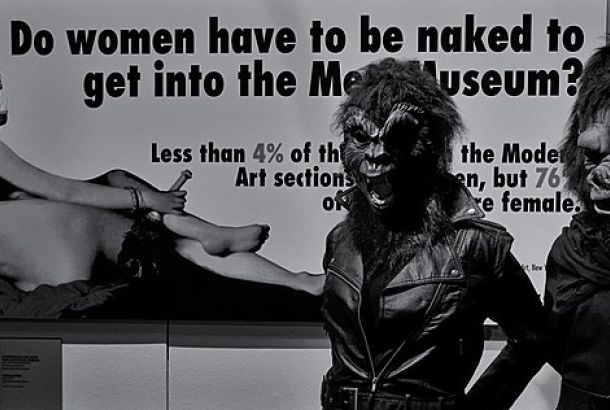Review: How Are You Feeling?
If you don’t recognise his name, you’re bound to be familiar with David Shrigley’s work. Over the last decade, his illustrations – disturbing, witty, crude – have seeped into popular culture. His new, free exhibition at the Cornerhouse on Oxford Road, How Are You Feeling?, apparently focuses on the ideas of self-help and psychoanalysis. This seems fitting, as the characters in Shrigley’s work seem so often to be suffering from some kind of mental illness.
Cornerhouse’s blurb emphasises the show’s interactive nature, but the first room’s gestures towards this feel rather half-hearted. Among other things, Shrigley invites you to hit a giant gong with a mallet, nap on a black mattress (a psychiatrist’s couch?) and scribble your feelings on a whiteboard. It’s all reasonably funny and sweet, but feels slightly like this is just where they’ve stuck everything that wouldn’t fit elsewhere. There’s also a mirror on the wall, but whether that’s art or just a mirror, I couldn’t tell you.
The third room is far more interesting. Anyone can grab paper and art materials and have a go at drawing the oversized sculpture of a naked man standing in the middle of the room. The walls are covered in the results of this unconventional life drawing class, and the effect is lovely. Cornerhouse’s claim that this show is “art-therapy” aroused the cynic in me, I’ll admit: it seems exactly the kind of abstract, meaningless statement you so often find in the art world. But if, at its core, therapy is simply something that makes you feel better, then this is exactly that. For many people drawing is a pastime that gets abandoned with age; I’m glad Shrigley reminded me what a soothing, energizing activity it can be.
The perceived value of art is the focus of a short play Shrigley has written for this exhibition, which members of the public are invited to perform on a small stage. It’s a nice idea with a thought-provoking script, but it’s hindered by English reticence: I’ve visited the exhibition twice and seen the stage occupied just once, by deaf men signing the script to one another. Admittedly, this was perfect for an exhibition seeking inclusivity.
Room 2 is quintessential Shrigley, the walls plastered with his instantly recognisable drawings. They vary immensely in tone. Some are laugh-out-loud funny (“MY HOUSE WAS SET ON FIRE BY HOOLIGANS… she said”; a smiley caterpillar captioned “I like the way you move”), and the gallery constantly hums with chuckles. Some, though, are seriously disquieting. This is a dark, scornful artist who likes to highlight life’s mundanity and ridiculousness. Too much twisted nihilism and political bile (a jar full of ants is “society” and its “citizens”) can be exhausting, but Shrigley is excellent at surprising you with moments of simple, life-affirming beauty. One painting, just a circle of white on black, is captioned, “It’s easy to forget about the moon – but then suddenly you are reminded”. There’s a lot to take in here, but it’s a wonderful, funny, challenging show.







